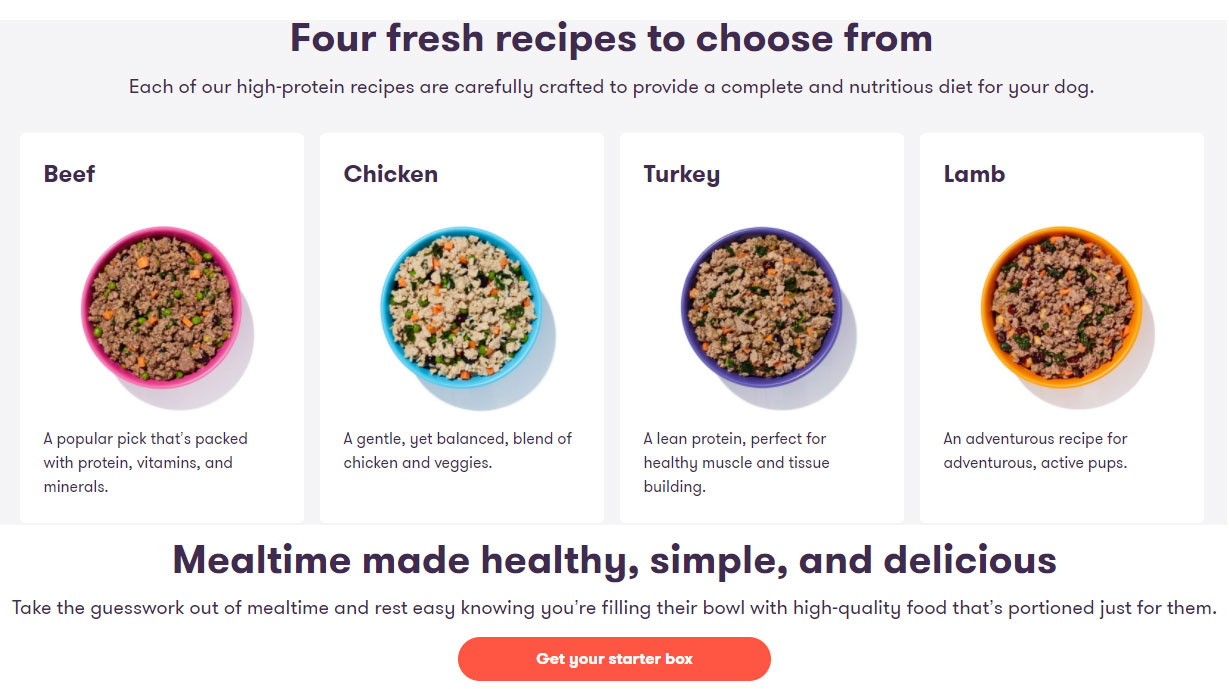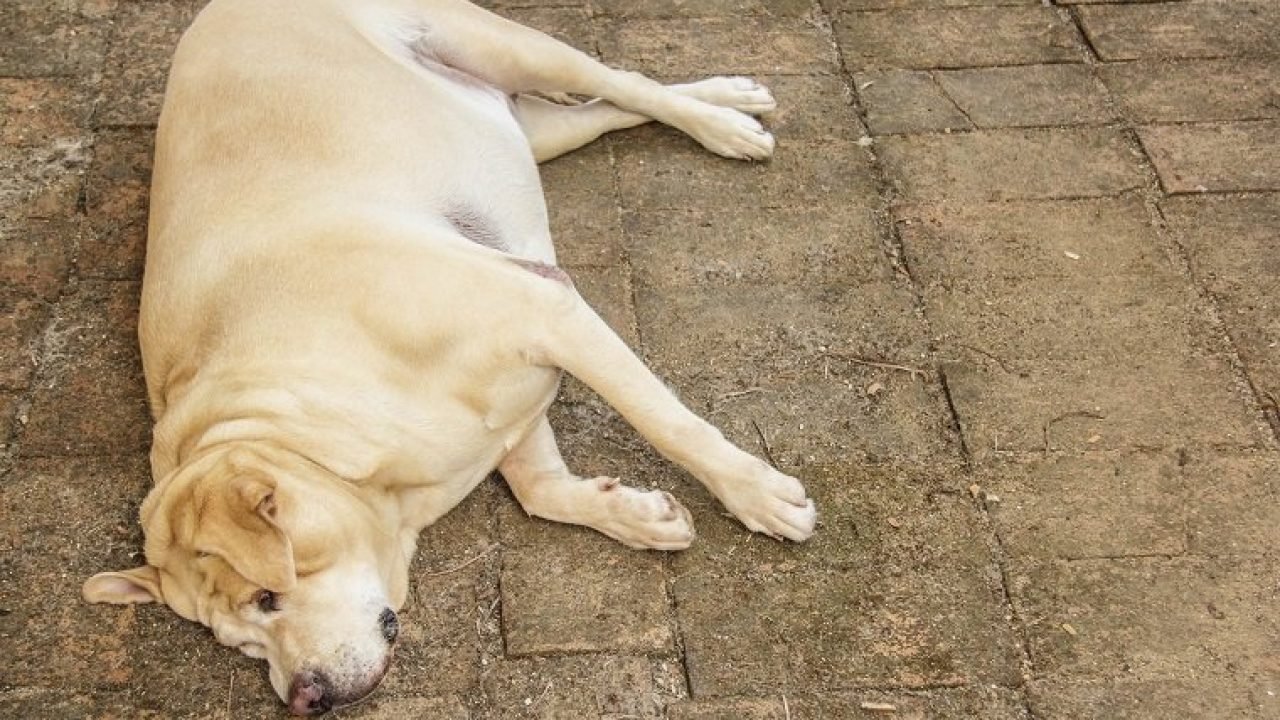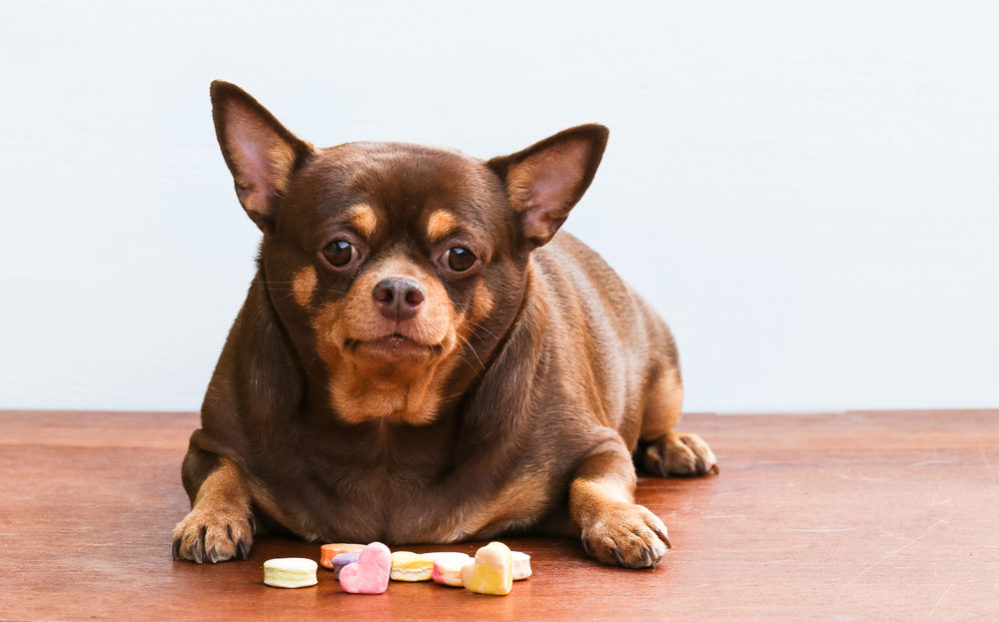Diabetes in dogs
Diabetes is a very common disease in dogs. According to dog experts, it affects about one in fifty dogs. It's a real health problem that needs to be monitored.
Diabetes is the result of a lack of insulin, a hormone secreted by the pancreas that regulates the level of glucose circulating in your pet's blood.
Most often, the nerve of the problem is an unhealthy and unbalanced diet, which causes the appearance of the pathology or aggravates an existing affection. So, in order to prevent the onset or aggravation of diabetes in your best friend, we propose today a small guide of good dietary practices to put in place.
What is diabetes in dogs?
Diabetes in dogs is an abnormality of the pancreatic functions, which leads to a lack of insulin that no longer allows to effectively regulate the sugar level in the animal's blood. After a meal, the food consumed by your dog is transformed into amino acids and glucoses used by the different organs of the body to function properly.
Glucose, the substance we are interested in here, allows the muscles to have energy, which can be used immediately or stored for later in the fatty tissue. It should be noted that diabetes occurs most often in older dogs, bitches and certain predisposed breeds (Yorkshire Terriers, Rottweilers, Toy Poodles, Pugs and Toy Schnauzers, to name a few).
In the absence of insulin, the diabetic dog's blood sugar level is abnormally high, resulting in hyperglycemia. In the short term, hyperglycemia does not have dramatic consequences, but it is different when it is constant, as is the case in diabetic animals.
In this case, the excessively high glucose level leads to the deterioration of blood vessels and nerves, which can cause serious complications (kidney failure, gangrene, blindness, heart problems, etc.). As in humans, there are several types of diabetes in dogs, which vary in severity and symptoms.
Type I diabetes in dogs is caused by a genetic defect that results in a malfunction of the pancreas and thus the production of insulin. It is the rarest type of diabetes in dogs and only affects puppies, hence the term "juvenile diabetes" often used to describe it.
Type II diabetes in dogs, or "fat diabetes", is when insulin is not working properly, even though the pancreas produces it properly.
Type III diabetes, or "lean diabetes", occurs when the amount of insulin in the blood is lower than normal.
It is usually due to the aging of the body, which naturally leads to a decrease in pancreatic function, to the evolution of type II diabetes, or more rarely, to a trauma. Finally, there is a pathology called "diabetes insipidus" in the dog which should not be confused with the "true" diabetes linked to insulin and called "diabetes mellitus".
The latter condition, of hormonal origin, takes its name from its symptoms, which are very similar to those of diabetes mellitus despite the fact that the causes and consequences are different.
How to feed a diabetic dog?
The nutritional needs of a dog with diabetes are similar to those of a healthy dog. In addition, a healthy, stable diet made up of quality ingredients is essential for all dogs (diabetic or not) to prevent the onset of diseases (including diabetes) and to reduce the risk of obesity, which is the source of many diseases (including, once again, diabetes!).
On the other hand, the diet of a diabetic doggie must be carefully thought out in order to avoid abnormal fluctuations in blood sugar levels, which can have a fatal outcome. Unlike a healthy doggie, you should avoid all small indulgences (treats, leftover meals, etc.) and avoid fast sugars at all costs.
In conclusion, the diet for diabetic dogs is perfectly adapted to - and even recommended for - healthy dogs (except in special cases, such as athletes who need more calories). Conversely, the diet of healthy dogs, which is more "sloppy" and "flexible", will not be suitable for a diabetic animal.

Composition of the diet for diabetic dogs
The diet of your diabetic dog should be balanced to meet all the nutritional needs of the animal without aggravating its condition. Therefore, the ideal is to opt for meals that do not exceed a caloric content of 70 Kcal per kilogram of daily body mass.
It is also necessary to be stingy in starch and lipids, and more generous in cellulose and proteins... Without falling into excess! Diabetic dogs, like healthy ones, need potassium and calcium, but without exceeding the limits recommended by your veterinarian so as not to affect his kidney functions - the first to be affected by the disease.
We should therefore opt for a diet rich in slow sugars (cereals, rice, etc.) which helps stabilize the blood sugar level by avoiding glucose peaks. Fiber is an interesting nutrient in the diet of diabetic dogs because it slows down the digestion of glucose, which has the effect of "spreading out" the presence of sugar in the dog's blood and, in fact, stabilizing the animal's blood sugar level, just like slow sugars.
The preferred proteins should come from lean meats, white meats and fish, which are more digestible and of better quality.
Food distribution for the diabetic dog
In addition to the food components, one must be very careful about the timing and regularity of the meals given to a diabetic dog. Depending on the stage of the disease, the dog may need to receive insulin injections to compensate for the dysfunction of its pancreas.
Therefore, the time of his meals will depend on the injection periods, the type of insulin prescribed by the veterinarian and the dog's response to the insulin therapy. Generally, your dog should be fed at the time of the injections, which is when the injected insulin is active in his body.
Timing is crucial, as an injection given outside of mealtime can cause dramatic hypoglycemia. Attention: It is very important to note that insulin injections are only useful when the sugar level is high in the animal's blood, i.e. during digestion.
As such, missed or forgotten injections should not be "made up" by injecting a dose of insulin twice at once or outside of mealtimes, after remembering the oversight or finally getting hold of the treatment. The only way to know how to feed a diabetic dog under treatment is to refer to your veterinarian who will explain, on a case by case basis, how to proceed.
Foods to avoid in diabetic dogs
Above all, if your dog is diagnosed with diabetes, or if you simply wish to implement a healthier diet to prevent the onset of this problem, note that it is necessary to observe a smooth transition in his dietary change. Indeed, an abrupt change of diet could have an impact on his physiological state (digestive problems, in particular) and, for the most sensitive dogs, his mental health (depression, stress, anorexia).
At the top of the list of foods to be avoided at all costs by diabetic dogs are the worst enemies of both humans and animals: fast sugars (sugar, refined flours, cakes, etc.). Very harmful to the pancreas, fast sugars cause glucose peaks in the blood, which are difficult for the body to regulate, and even more so for diabetic dogs.
Fast sugars are also known to cause overweight, a common cause of diabetes. Finally, never lose sight of the fact that a lean dog should gradually gain weight, and conversely, an obese dog should slowly lose weight: any sudden change is harmful to your faithful companion's body.

Kibbles, pate, BARF... What to choose for a diabetic dog?
As a dog owner, you have a wide choice of ingredients to prepare tasty meals for your dog. However, preparing home-made meals requires special care to ensure that your dog's diet is balanced and meets his or her needs for protein, fiber, sugars, vitamins and minerals, which are very different from those of humans.
The same goes for the BARF diet (Biologically Appropriate Raw Food). Aiming to approximate the dog's original diet, BARF consists primarily of raw meat, with the addition of vegetables and grains for fiber and carbohydrates, as well as supplements for vitamins and minerals.
Generally, owners who prepare good food for their dogs are concerned about the quality of their dog's diet, and try to offer him a quality protein intake, slow sugars and fiber in the right proportions, while limiting fat, salt and fast sugars. However, if in doubt, or if you don't know how to proportion meat, vegetables and cereals to give your dog his daily dose of proteins, fibers and lipids, it's better to give up on home rations and BARF.
Experimenting with a diabetic dog's diet can be extremely dangerous for his health.
Industrial dog food for diabetic dogs
Premium quality industrial foods are perfect for providing a balanced and healthy diet that meets the requirements of a diabetic dog's fragile body. Depending on your dog's taste, you can choose between dry (kibble), semi-moist or wet (pate and pouches) foods.
There are industrial foods called "medicalized", specifically designed for diabetic dogs, which allow you to feed your dog without making a mistake. While some owners may be reluctant to feed their dogs products with obscure ingredients - which is understandable - you have to accept the fact that industrial food for diabetic dogs is sometimes the only alternative.
So if you are not an expert on home-made rations or the BARF diet, which require time to prepare and a certain budget, I recommend industrial foods. These foods, while not the most transparent in their composition, at least have the advantage of offering your dog a stable diet designed to facilitate the management of his blood sugar level.
FAQ
What is diabetes in dogs?
Diabetes is a common disease in dogs, occurring most often in older animals and unspayed bitches. It is characterized by a lack of insulin, a hormone secreted by the pancreas that helps regulate blood sugar levels.
What is the right diet for a diabetic dog?
A dog suffering from diabetes needs a diet that is easily digestible, low in fast sugars and fats, and that prevents fluctuations in blood sugar levels. Fiber, slow sugars and high quality proteins are preferred, sweets and fats are avoided, and salt is reduced to preserve the dog's kidney function. The best solution - except for the true experts in household rations - is to turn to kibbles and pates specifically designed for diabetic dogs.
What foods should a diabetic dog avoid?
The main things to avoid are fast sugars (cakes, sweets, candies, etc.), fats and salt, as well as any sudden change in diet.
How often should I feed a diabetic dog?
The frequency of meals given to a diabetic dog should be based on the recommendations of your veterinarian. If your dog is on insulin therapy, it is crucial to respect a precise timing between meals and insulin injections that only your veterinarian can specify.
The onset of diabetes in your beloved pooch is never happy news, but early diagnosis and proper treatment can ensure that your dog lives happily ever after.
To keep your dog healthy despite the disease, and to prevent the onset of diabetes in healthy pets, it's vital to provide a healthy diet. To achieve this, I strongly recommend that you seek advice from your veterinarian at annual checkups for healthy dogs, and more frequent checkups for diabetic dogs.


